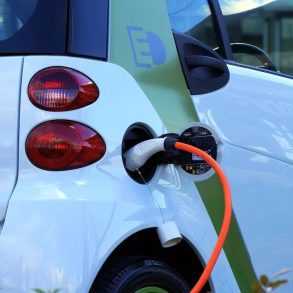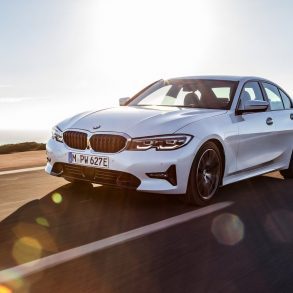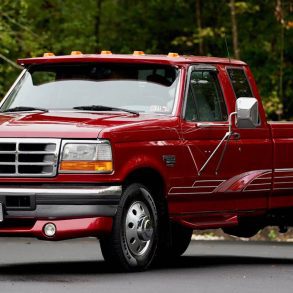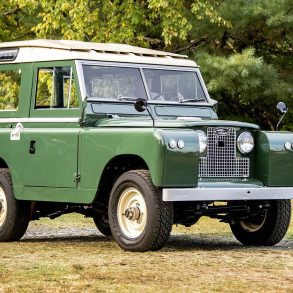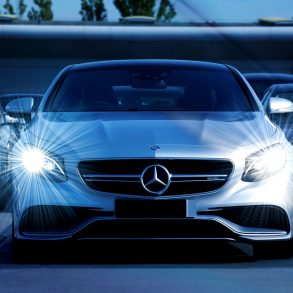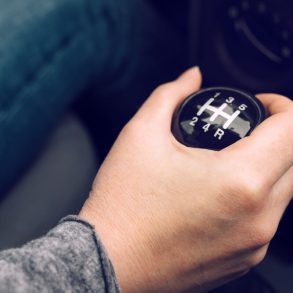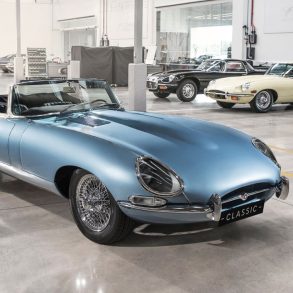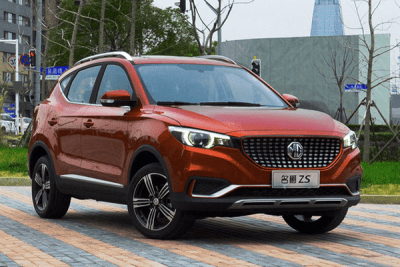 After almost 10 years of UK-only sales, SAIC MG is ready to start exports of its cars from China to other countries in Europe as well. Recently, Shanghai Automotive Industry Corporation (SAIC) has successfully launched a few crossovers in the domestic market (Roewe RX5, MG ZS), which puts its two passenger car brands among the fastest growing brands in China at the moment. This would be a great moment to expand its footprint to new markets as it can launch there with fresh product, and more importantly: the right product. MG is the designated export brand for passenger cars from SAIC, whereas Roewe is and will remain a China-only brand and Maxus is the LCV brand of the company. MG is already available in a number of countries in the Asia-Pacific, South America and Africa regions, and since 2009 in the UK where it reached a peak of just under 4.200 sales last year. With its expansion into continental Europe, the brand is looking to become the first Chinese brand to successfully enter a mature market, but a number of other players have set similar goals, among others Geely with its newly launched Lynk & Co brand and the resurrected Borgward brand, which both also have concrete plans to enter the European car market. These latter two are planning a different approach than MG, as they’re aiming for a more upmarket image, while MG has so far chosen a value-for-money pricing strategy in the UK. Which of the three brands will be the most successful remains to be seen, but I think there are three ingredients necessary for any Chinese brand to achieve long-term success in Europe: patience, consistency and continuous improvement. We’ll focus in this article on MG because it already has sales and marketing operations set up in Europe (for the UK), meaning its plans for expansion are more concrete than those of Borgward and MG is following a more traditional approach than Lynk & Co.
After almost 10 years of UK-only sales, SAIC MG is ready to start exports of its cars from China to other countries in Europe as well. Recently, Shanghai Automotive Industry Corporation (SAIC) has successfully launched a few crossovers in the domestic market (Roewe RX5, MG ZS), which puts its two passenger car brands among the fastest growing brands in China at the moment. This would be a great moment to expand its footprint to new markets as it can launch there with fresh product, and more importantly: the right product. MG is the designated export brand for passenger cars from SAIC, whereas Roewe is and will remain a China-only brand and Maxus is the LCV brand of the company. MG is already available in a number of countries in the Asia-Pacific, South America and Africa regions, and since 2009 in the UK where it reached a peak of just under 4.200 sales last year. With its expansion into continental Europe, the brand is looking to become the first Chinese brand to successfully enter a mature market, but a number of other players have set similar goals, among others Geely with its newly launched Lynk & Co brand and the resurrected Borgward brand, which both also have concrete plans to enter the European car market. These latter two are planning a different approach than MG, as they’re aiming for a more upmarket image, while MG has so far chosen a value-for-money pricing strategy in the UK. Which of the three brands will be the most successful remains to be seen, but I think there are three ingredients necessary for any Chinese brand to achieve long-term success in Europe: patience, consistency and continuous improvement. We’ll focus in this article on MG because it already has sales and marketing operations set up in Europe (for the UK), meaning its plans for expansion are more concrete than those of Borgward and MG is following a more traditional approach than Lynk & Co.
Patience
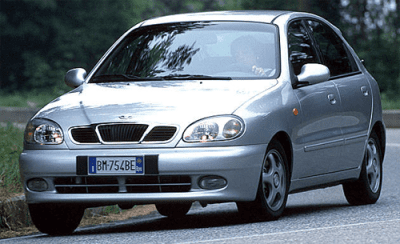 Building a brand from scratch requires a lot of patience. It can take years and a ton of cash for marketing to build brand awareness, and even longer to actually appear on people’s shopping lists. It has taken the South-Korean brands Hyundai and Kia each more than a decade to go reach a sustainable volume in Europe after their initial launch. Kia arrived in 1991 but didn’t reach 100.000 annual sales in Europe until 2003, after which growth accelerated. It might be done quicker with a huge budget and clever marketing, as Daewoo has proven by hitting 200.000 annual sales in only its fifth year on the market, but the brand never made any money in Europe and sales quickly collapsed after that short peak before the company was bankrupted and taken over by Chevrolet, which eventually withdrew its South-Korean models completely from the European market.
Building a brand from scratch requires a lot of patience. It can take years and a ton of cash for marketing to build brand awareness, and even longer to actually appear on people’s shopping lists. It has taken the South-Korean brands Hyundai and Kia each more than a decade to go reach a sustainable volume in Europe after their initial launch. Kia arrived in 1991 but didn’t reach 100.000 annual sales in Europe until 2003, after which growth accelerated. It might be done quicker with a huge budget and clever marketing, as Daewoo has proven by hitting 200.000 annual sales in only its fifth year on the market, but the brand never made any money in Europe and sales quickly collapsed after that short peak before the company was bankrupted and taken over by Chevrolet, which eventually withdrew its South-Korean models completely from the European market.
So it’s safe to assume it will take at least a decade before MG’s European sales will reach 100.000 annually and even longer to reach profitability for the brand, if at all. That triggers the question how SAIC is going to support these losses. Fortunately for the company, they have the cash to be patient. SAIC is China’s largest automaker, but not thanks to its domestic brands, which make up less than 10% of its total production volume. SAIC benefits greatly from its Joint Ventures SAIC-VW, SAIC-GM and SAIC-GM-Wuling. The profits from producing millions of cars for its partners give the company the financial breathing room to be patient with its European operations as opposed to needing them to break even within a short time span.
Consistency
In order to establish itself as a volume player in Europe, it’s very important for a brand to offer consistency in its design, its marketing, its positioning and its model policy. Sending mixed signals or a continuously shifting message will only confuse potential buyers about what the brand stands for. It’s okay for a brand’s positioning to slowly shift over time from a value-for-money proposition to something more mainstream, as the South-Koreans and Skoda have done, but this is a painstakingly slow process and a result of consistently good product, not something a brand can force in the short term. As mentioned above, building a brand from scratch takes a lot of time. That means it will take a few model generations before a product finally catches on.
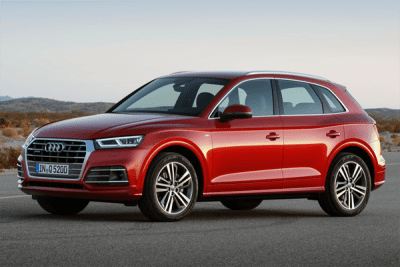 Consistency in design is important for recognition of the brand, something Volkswagen and Audi are sometimes even criticized for as some (including me) say their design is too consistent and not innovative enough. But the market has spoken: both brands are still incredibly successful. Kia’s “Tiger Shark nose” has become a recognizable part of its design and it has evolved only slightly over the years, and this consistency has helped the brand become more visible on the road, enhancing its brand recognition.
Consistency in design is important for recognition of the brand, something Volkswagen and Audi are sometimes even criticized for as some (including me) say their design is too consistent and not innovative enough. But the market has spoken: both brands are still incredibly successful. Kia’s “Tiger Shark nose” has become a recognizable part of its design and it has evolved only slightly over the years, and this consistency has helped the brand become more visible on the road, enhancing its brand recognition.
Consistency in marketing and positioning is important to prevent confusion about the brand among the public. The strongest brands have clear messages about themselves and what they stand for, be it value for money, driving pleasure or technology leadership. Again, brand values may evolve over years, but are a result of a strengthening brand thanks to a consistent message. Just consider how many mainstream brands have tried and failed to shift upmarket in an attempt to challenge the premium brands. Only Audi has truly succeeded and it has taken a few decades of consistency in its marketing (“Vorsprung durch Technik”) and of course consistently delivering on that message with the right product and features.
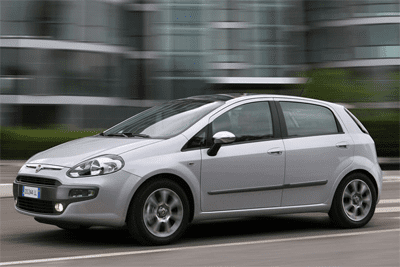 Consistency in model policy is one of the most important factors for a new and growing brand, as existing customers (especially the early adopters of a new brand) are a brand’s ambassadors in jumpstarting product awareness. And it’s much easier to sell them another car a few years down the road than it is to convince a new customer to give the brand a try. Mitsubishi and Fiat are the biggest violators of this rule as they’ve failed to replace former best sellers in a timely manner (Punto) or at all (Colt). This has forced their customers to look elsewhere when the time had come to replace their car with a new one, and both brands have suffered big declines in Europe in recent years. MG has already killed off its unsuccessful midsized sedan MG6, but should definitely make sure it develops a new generation of the MG3 subcompact car to cater to those buyers who helped the brand reach its first successes in the UK.
Consistency in model policy is one of the most important factors for a new and growing brand, as existing customers (especially the early adopters of a new brand) are a brand’s ambassadors in jumpstarting product awareness. And it’s much easier to sell them another car a few years down the road than it is to convince a new customer to give the brand a try. Mitsubishi and Fiat are the biggest violators of this rule as they’ve failed to replace former best sellers in a timely manner (Punto) or at all (Colt). This has forced their customers to look elsewhere when the time had come to replace their car with a new one, and both brands have suffered big declines in Europe in recent years. MG has already killed off its unsuccessful midsized sedan MG6, but should definitely make sure it develops a new generation of the MG3 subcompact car to cater to those buyers who helped the brand reach its first successes in the UK.
Continuous improvement
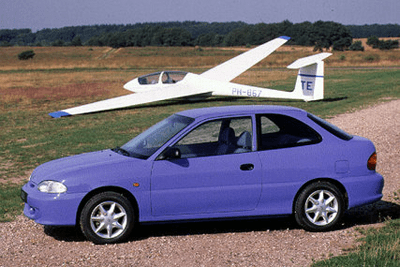 A brand that wants to establish itself as a volume player over the course of multiple model generations will need to show improvement with every model it launches. Again, the South-Koreans come to mind first, also because they’ve been the last truly successful new entrants into Europe. The Japanese entries in the 1960s and ‘70s are mostly comparable too, but this may be less relevant as the market was much different at that time. The first Hyundai Pony to land in Europe in 1978 was cheap and unreliable, but quality improved with every generation, as it was renamed Excel and then Accent. Sales gradually improved along with the quality. During that period, its main selling point was low prices. Only after quality was on par with (or even better than) the competition, Hyundai was able to raise its prices and its image from budget brand to mainstream. At Kia, the same process took much less time, but it too started with cheap cars of no more than average build quality (Kia Sephia) and old-fashioned technology (Kia Pride, which was a rebadged old-gen Mazda 121), then quickly improved its quality and subsequently its pricing and image.
A brand that wants to establish itself as a volume player over the course of multiple model generations will need to show improvement with every model it launches. Again, the South-Koreans come to mind first, also because they’ve been the last truly successful new entrants into Europe. The Japanese entries in the 1960s and ‘70s are mostly comparable too, but this may be less relevant as the market was much different at that time. The first Hyundai Pony to land in Europe in 1978 was cheap and unreliable, but quality improved with every generation, as it was renamed Excel and then Accent. Sales gradually improved along with the quality. During that period, its main selling point was low prices. Only after quality was on par with (or even better than) the competition, Hyundai was able to raise its prices and its image from budget brand to mainstream. At Kia, the same process took much less time, but it too started with cheap cars of no more than average build quality (Kia Sephia) and old-fashioned technology (Kia Pride, which was a rebadged old-gen Mazda 121), then quickly improved its quality and subsequently its pricing and image.
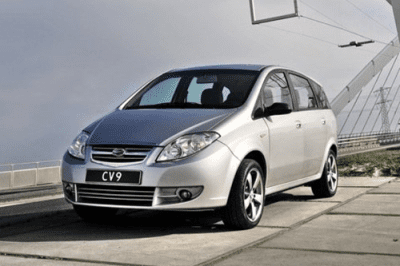 Now, I’m not saying MG (or any Chinese brand) should flood Europe with inexpensive crappy cars, which has already been unsuccessfully attempted by Brilliance and Landwind, as nowadays there are minimum standards in safety and emissions that would render a car unsellable if it doesn’t meet these requirements. But even if the Chinese start with average quality, they start with a disadvantage in terms of image. The only way to improve that image is to continuously become better at every new product launch and eventually become better than the establishment. The quality of Chinese cars has already been continuously improving and is now at a level that exports to mature markets have become reality, as Ford has shown with its shift of US Focus production to China. MG itself is also improving quickly, as J.D. Power’s 2016 Initial Quality Study in China ranks SAIC’s own brand higher than the cars produced by its Joint Venture with Volkswagen. All they need to do now is keep up that pace of improvement.
Now, I’m not saying MG (or any Chinese brand) should flood Europe with inexpensive crappy cars, which has already been unsuccessfully attempted by Brilliance and Landwind, as nowadays there are minimum standards in safety and emissions that would render a car unsellable if it doesn’t meet these requirements. But even if the Chinese start with average quality, they start with a disadvantage in terms of image. The only way to improve that image is to continuously become better at every new product launch and eventually become better than the establishment. The quality of Chinese cars has already been continuously improving and is now at a level that exports to mature markets have become reality, as Ford has shown with its shift of US Focus production to China. MG itself is also improving quickly, as J.D. Power’s 2016 Initial Quality Study in China ranks SAIC’s own brand higher than the cars produced by its Joint Venture with Volkswagen. All they need to do now is keep up that pace of improvement.
It’s no longer a question of if one or more Chinese brands will challenge the established players in Europe, but a question of when it will happen and who will be the first to become successful. It’s too early to tell and too difficult to predict which brand will succeed the first, but I’m sure the brand that shows the most consistency in its marketing, design and model policy, as well as to keep improving quality with every new product launch, has the best shot at becoming an established player and to eventually become profitable. They still need to have the patience to sit out the painstakingly slow process of building a brand and putting themselves on potential buyers’ shopping lists.

